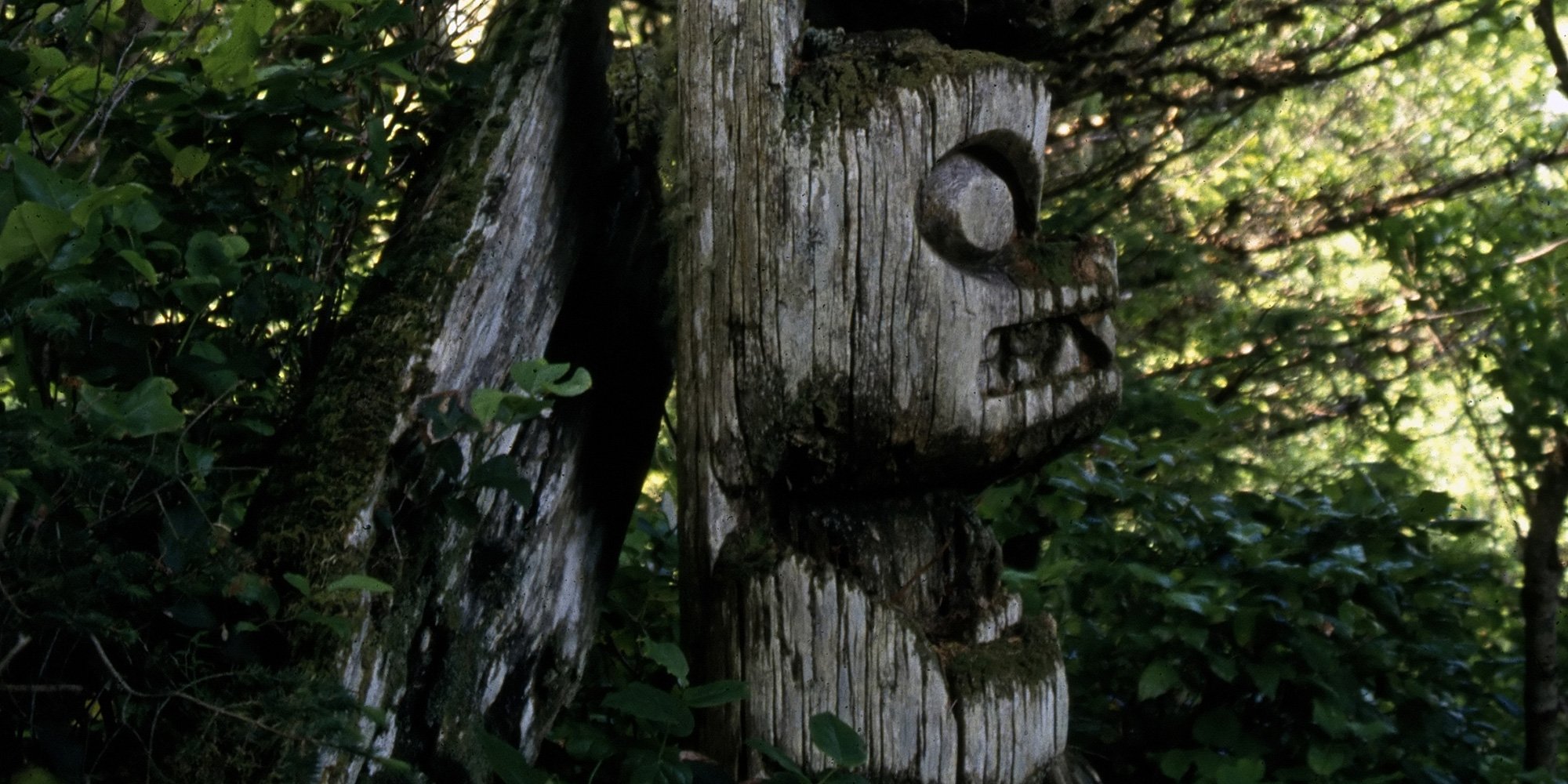9 Indigenous Relations Best Practice Must Dos
What constitutes Indigenous relations best practices? Here are a few suggestions for consideration.
3 min read
Bob Joseph February 27, 2018

When communicating cross-culturally there are certain sensitivities around the language used in the letter and expectations placed on the recipient of the letter. In this article, we focus on some guidelines for writing a letter to request a meeting with an Indigenous leader and provide some tips, as well as some do’s and don’ts.
Research to find out if the person you are addressing uses an ancestral name. There are many different ways in which Indigenous individuals prefer to be addressed - some use only their ancestral name, or their traditional name, or they use both ancestral and traditional names.
Tip: When addressing an Indigenous leader it is common to use their title, first name, and last name.
For example, my dad is Chief Robert Joseph - not Chief Joseph. He also has an honourary doctorate, and if you are going to include it, it is placed after Chief “Chief Dr. Robert Joseph.”
If you are writing to a regional or national chief you address them accordingly:
Dear Regional Chief Isadore Day
Dear National Chief Perry Bellegarde
If the community uses its ancestral name then use it rather than the Anglicized version. Preservation of language is very important, and in most communities, is at a critical juncture.
Tip: If both names are used on the website, then use the ancestral name in your letter.
Certain terms should be avoided at all costs.
Rights holder vs stakeholder. There is a significant difference between a stakeholder and a rights holder.
Rights holders: Indigenous Peoples are rights holders. They have the ability to launch legal action to protect their constitutionally protected rights.
Stakeholders: Non-Indigenous people are stakeholders.
Tip: Don’t refer to the community as a stakeholder, or lump them in with stakeholders.
Crown land is another expression that should be avoided. It is most frequently used in provinces where sections of crown land are unceded land meaning that Aboriginal title has neither been surrendered by Indigenous Peoples nor acquired by the Crown. The Crown doesn’t own the land outright as the term suggests. In fact, in Delgamuukw and Gisdayway, the Supreme Court of Canada actually stated that Aboriginal title represents an encumbrance on the Crown’s ultimate title.
Tip: Put your letter in the context of “your territory” and if it must include a reference to crown land, you could say “what the crown refers to as Crown land”.
Much like the case with using the term “Crown land”, we use other terms that may be offensive (i.e. “landowner”, “private property”, “land title”, etc.) as they infer that the lands question is settled and unquestioned in favour of “the Crown”. If there is no adequate alternative to describe a specific concept, state that as an unfortunate fact and explicitly include your recognition that these terms may offend but that it is not your intention.
Community leaders are busy people. They basically represent all three layers of government - municipal, provincial and federal - to their community. Seeing to the needs of their community members will likely take precedence over your request for a meeting.
Tip 1: Acknowledge that you understand their time constraints. You could phrase it as “I understand how busy you are and respect that you have other more important demands on your time. We would really appreciate any time you can spare for a meeting (either in person or by phone) in the coming weeks.
Tip 2: Don’t send a letter asking for a meeting during traditional seasonal harvesting activities or celebrations. It’s a simple matter of research to find out when the community is otherwise engaged.
Tip 3: If you are asking for a meeting off-reserve, consider including an offer of transportation to and from the meeting. Also consider inviting them to a luncheon meeting, and offering transportation.
If you don’t hear back within two weeks regarding your request for a meeting the silence could be for a number of reasons. Here are a few common ones:
They haven’t had time to respond.
Allow a good two weeks before you follow up with a phone call.
They don’t have time to meet within the time frame you request
Adjust your expectations and send another letter in two weeks offering a wider window of opportunity.
You asked for a meeting during a time of cultural or traditional activities
Compose another letter and apologize for your cultural insensitivity
Your request was not of interest to them
Back to the drawing board, you go to evaluate why and what you are asking to discuss.
The tone of your letter could have been wrong
It is hard to recover from this one but it is possible. We need to put the focus on their interests and not just our interests. i.e. how does this help their community?
I hope these tips provide some guidance for your communications with Indigenous leaders.
Some non-Indigenous people are intimidated by the thought of reaching out to an Indigenous leader. If that describes you, before you send that important letter, consider taking some Indigenous Relations training so you are more comfortable.
Featured photo: Unsplash

What constitutes Indigenous relations best practices? Here are a few suggestions for consideration.

Language has the power to respect and honour, or, hurt and offend and that is particularly true when working across cultures. Within that frame of...

The doctrine of Aboriginal rights exists… because of one simple fact: when Europeans arrived in North America, Aboriginal peoples were already here,...